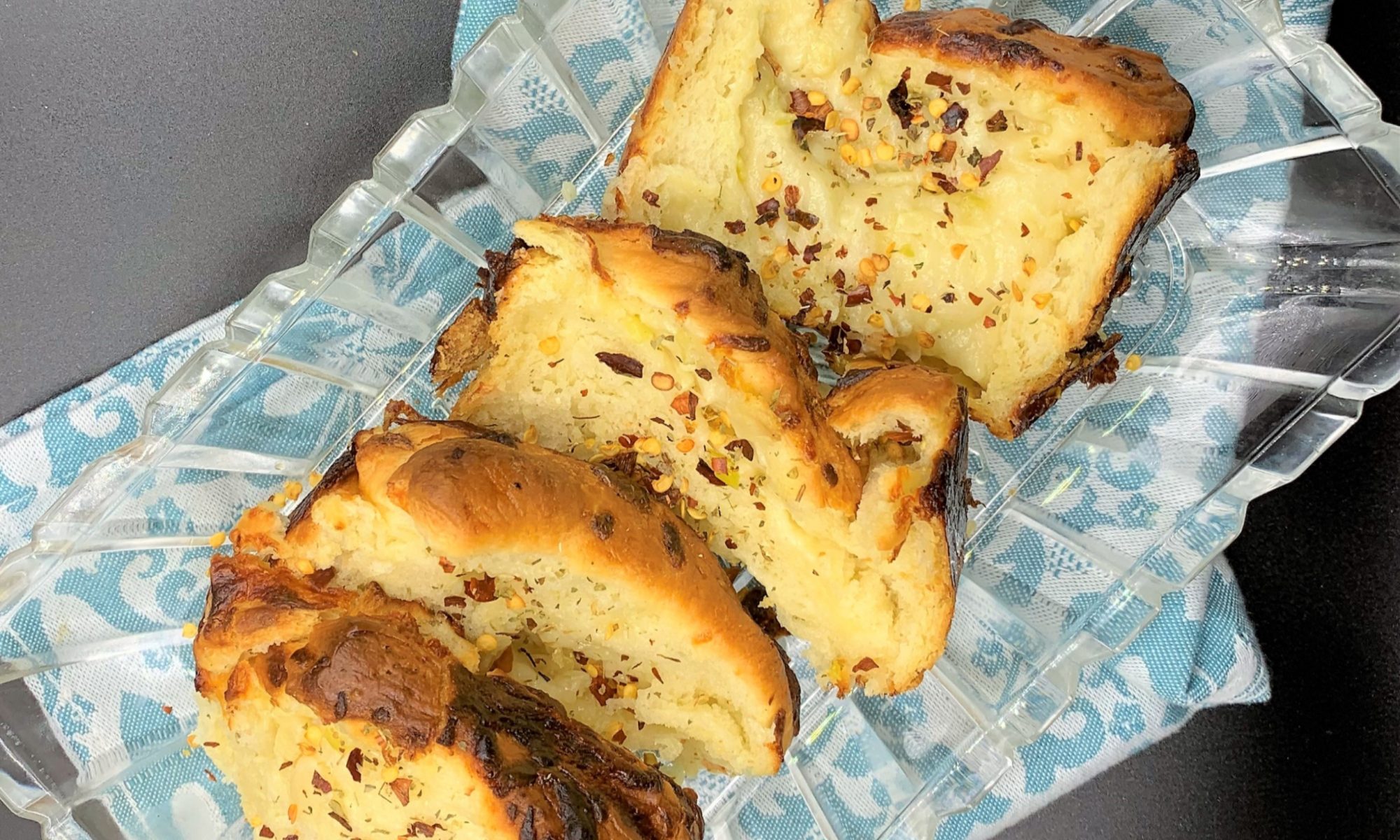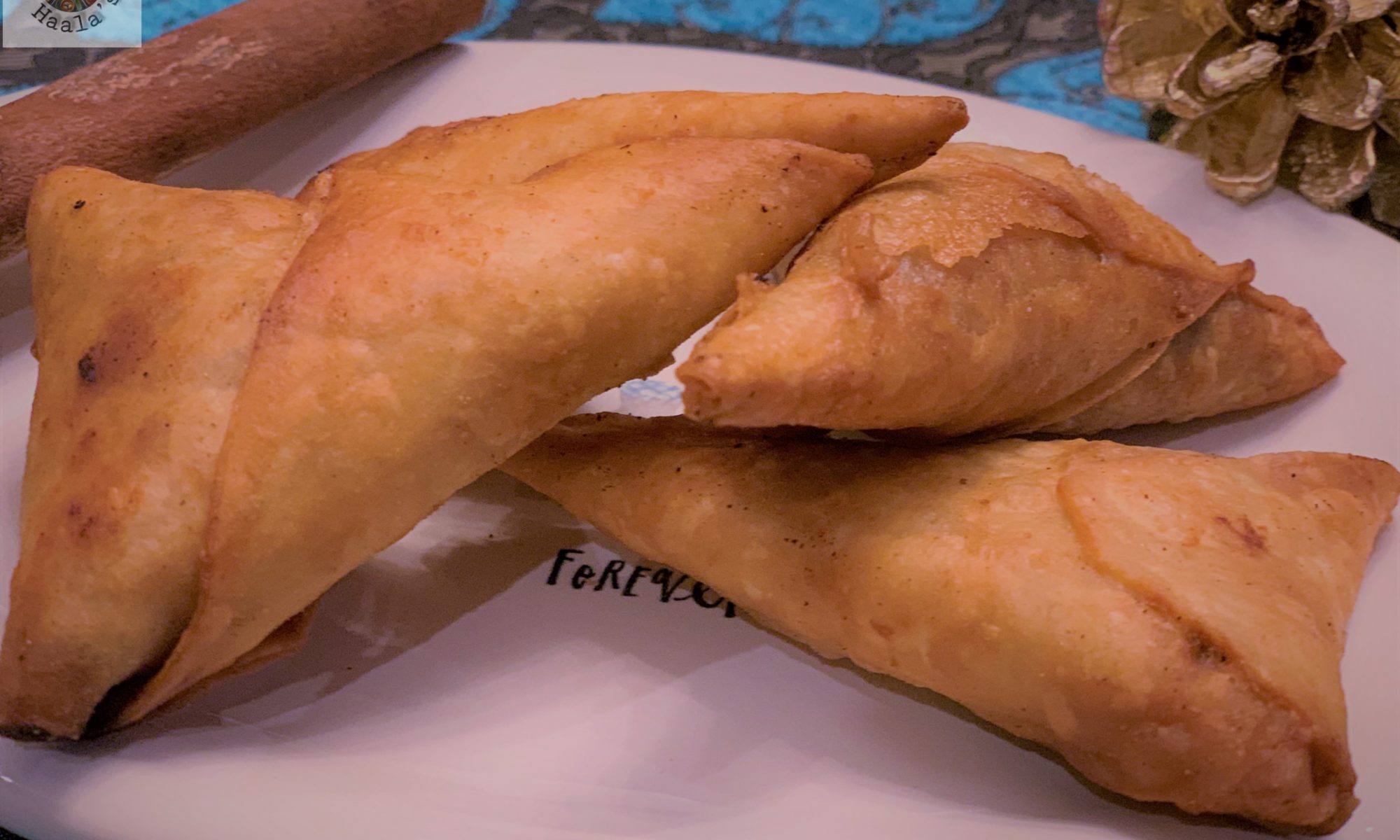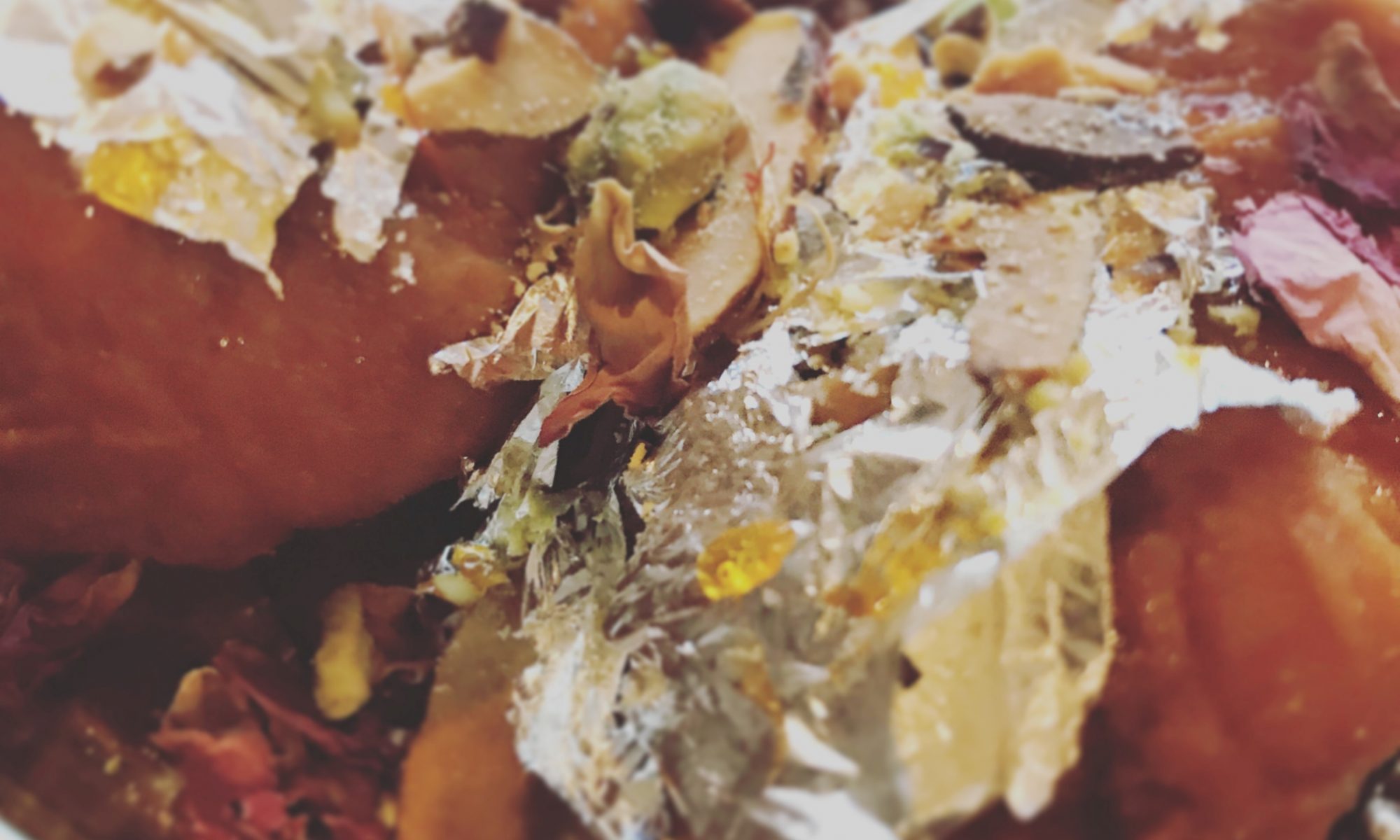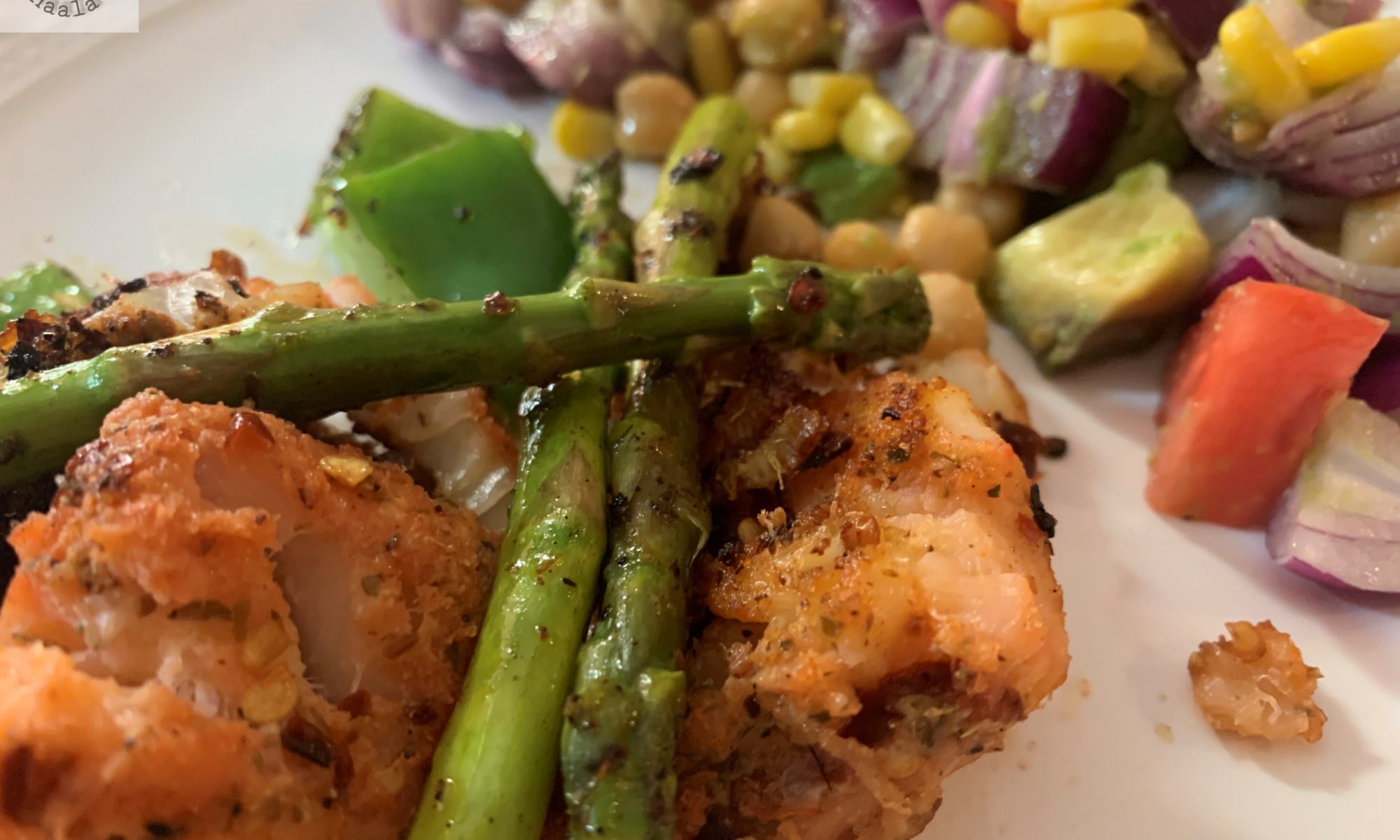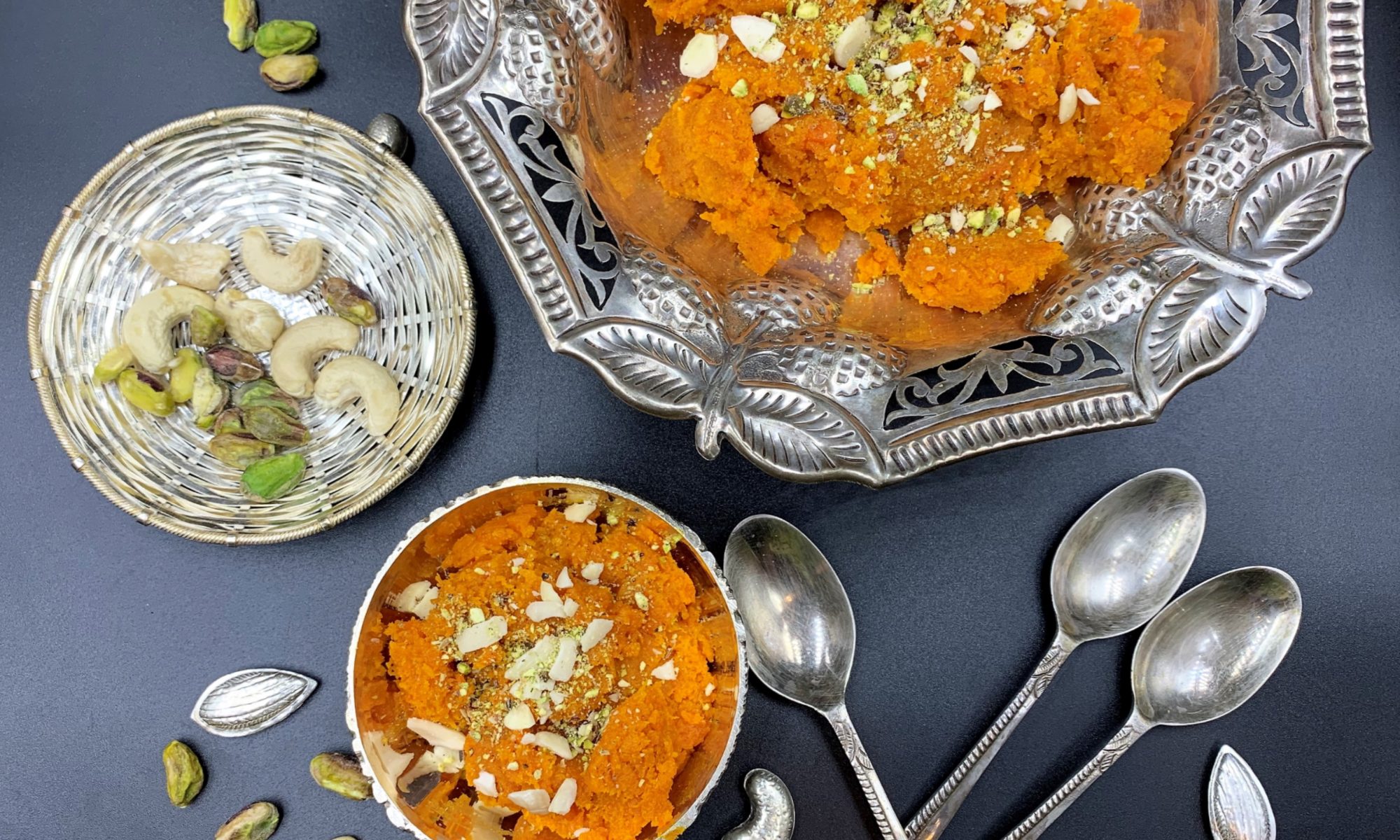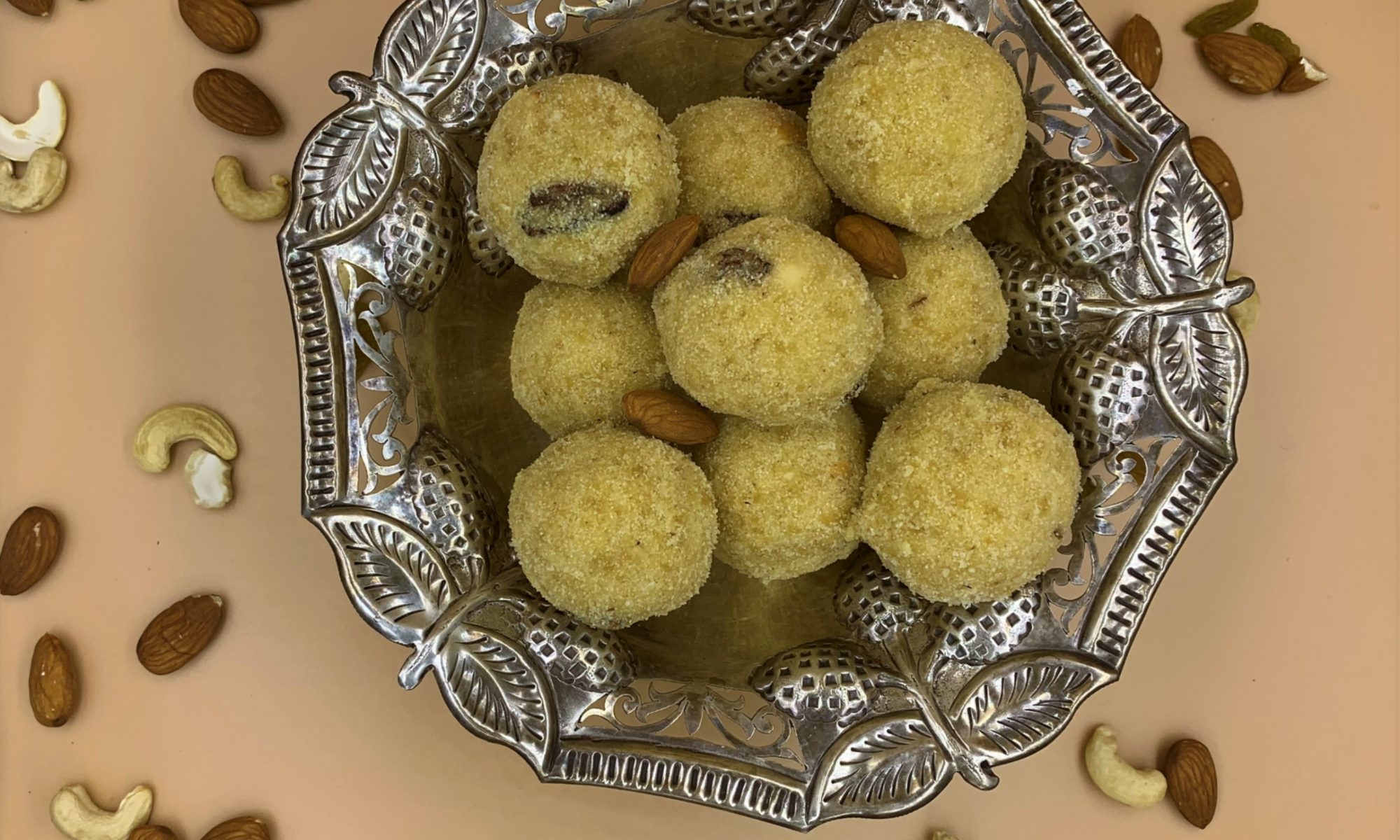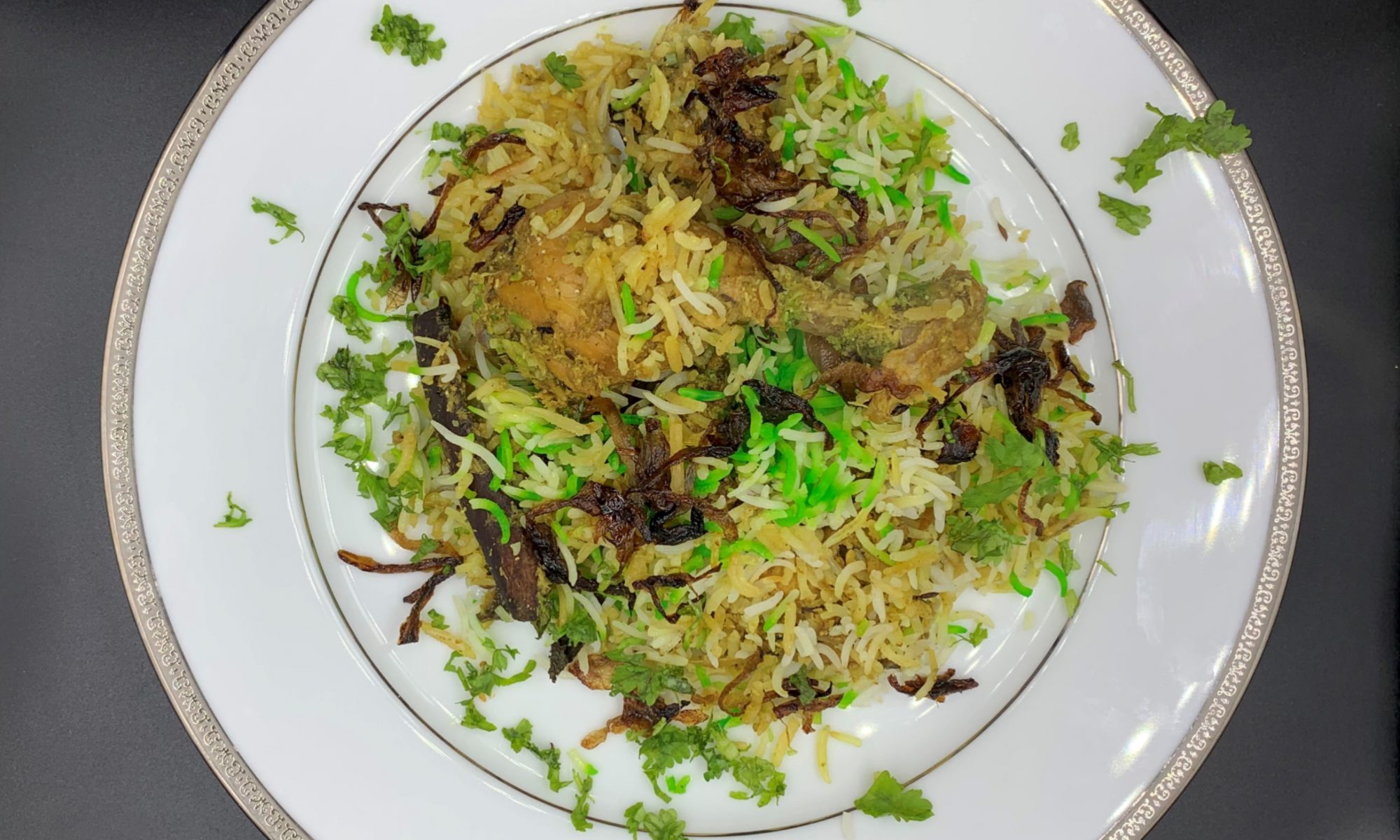Who doesn’t like Garlic bread? No one I ever met said they didn’t love a good Garlic bread. Growing up I always thought that Garlic bread and Pizza go hand in hand thanks to a food joint. I could just not take the fact of people not ordering garlic bread as an appetizer before eating Pizza. And, I am sure that famous “Pizza” joint and it equally good famous competitors must have seen so many like me.
As much as my family and I love getting the Garlic bread and Pizza, at times its just not possible to order restaurant food. I mean, there are Big names and Big companies, but at times the thought of you not knowing how fresh is the food that you are consuming or is it a mix of preservatives. With all that confusion and realizing that you are blessed that you can cook, we decided we make our own. Now, it isn’t that I feel people who order take outs are doing something wrong, but I do feel that eating that kind of food every day or every other day isn’t very healthy. And then when making it at home is pretty easy.
Typically, Garlic bread is made using a French baguette, or sometimes a sourdough like ciabatta which is partially sliced downwards, allowing the condiments to soak into the loaf while keeping it in one piece. The bread is then stuffed through the cuts with oil and minced garlic before baking. Alternatively, butter and garlic powder are used, or the bread is cut lengthwise into separate slices which are individually garnished.
I made mine a little differently. I made the dough using warm milk, yeast and egg with flour, sugar and salt and added butter. Once the dough had risen, I added minced garlic, butter and scallions. Sprinkle some cheesy and bake….Serve hot and enjoy the oozing flavors.

